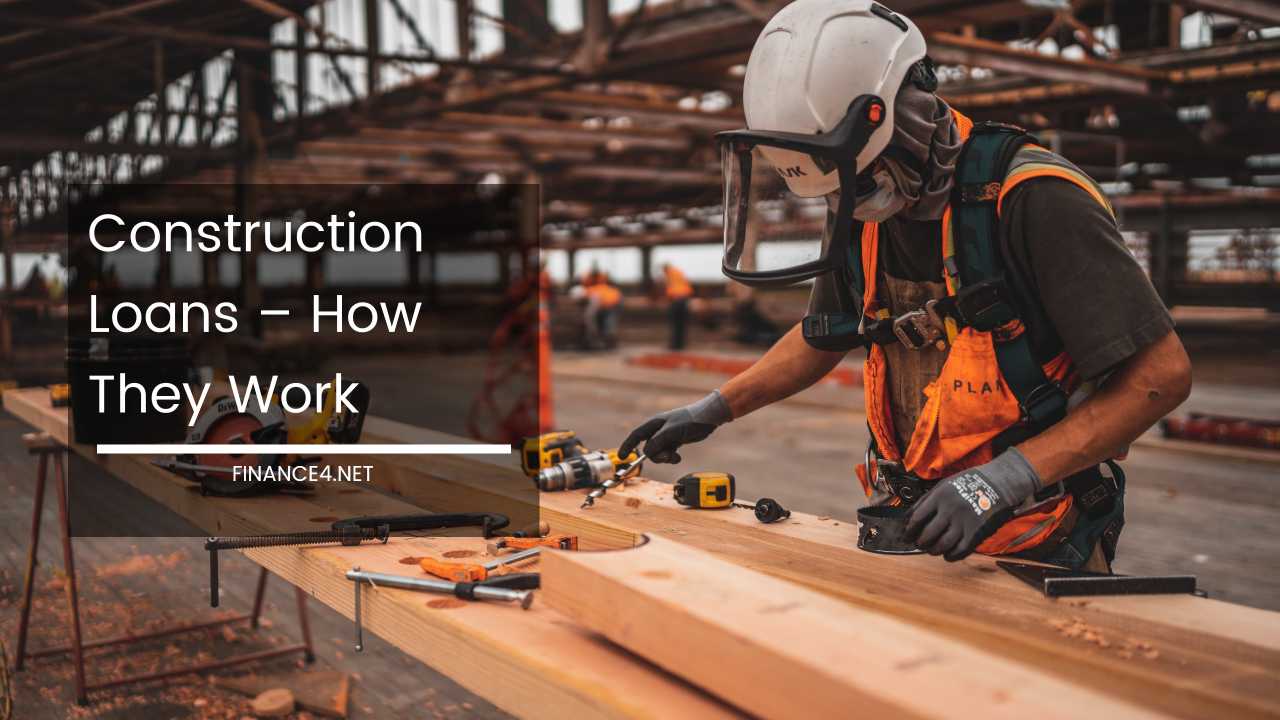Retirement Communities: A Place to Settle Down With

Retirement Communities
As the golden years approach, the prospect of retirement unveils a canvas of new opportunities and considerations.
The transition to retirement involves more than just financial planning; it’s a holistic journey encompassing lifestyle changes and the search for a suitable living environment.
Among the myriad choices, retirement communities emerge as a compelling option for those seeking not just a dwelling but a vibrant community to call home.
This extended exploration aims to delve into the intricacies of choosing the right retirement community, with a particular emphasis on community activities, social interactions, physical infrastructure, staff-resident dynamics, and the invaluable experience of a test drive.
What Are Retirement Communities
The Essence of Community Activities
The term “retirement community” extends beyond the mere physical structure of buildings; it encapsulates a way of life. In the pursuit of the ideal retirement destination, one must recognize the significance of community activities.
Retirement is not solely about finding a comfortable living space; it’s about embracing a more social and engaged lifestyle. When assessing prospective retirement communities, it’s crucial to go beyond discussions about costs and amenities.
Delve into the spectrum and frequency of community activities, as they serve as a barometer for the level of social interaction and the potential for forming meaningful connections.
Engaging activities within a retirement community can range from fitness classes and cultural events to book clubs and hobby groups.
These offerings contribute not only to the residents’ physical well-being but also to their mental and emotional fulfillment. The community should be a hub of vitality and shared experiences, enhancing the quality of life during the retirement years.
Therefore, when exploring retirement options, inquire about the variety of activities available and the extent to which residents actively participate.
A Closer Look at Social Dynamics
Beyond the physical amenities and scheduled activities, the heart of a retirement community lies in its social dynamics.
Taking a comprehensive tour during the initial visit is essential but requires a discerning eye. It’s not enough to marvel at the aesthetics of display apartments; attention should be directed toward observing resident interactions, staff engagement, and the overall vibrancy of communal spaces.
Evaluate the spontaneity of communication among residents, the number of individuals enjoying shared spaces, and the general atmosphere of conviviality.
An active, sociable community fosters an environment where friendships can flourish, creating a support system for the residents.
The synergy within the community contributes significantly to a fulfilling retirement experience, emphasizing the importance of assessing the social dynamics during the decision-making process.
The Crucial Role of Physical Infrastructure
While community and social dynamics are pivotal, the physical condition of the retirement facility is equally consequential. The infrastructure’s age and maintenance are critical factors that influence the overall living experience.
A well-kept facility not only reflects the management’s commitment to the residents but also contributes to a secure and enjoyable living environment.
During the tour, pay attention to the overall upkeep of the facility, the condition of common areas, and the accessibility of amenities.
The architectural design should promote ease of movement, and the landscaping should provide a pleasant and inviting ambiance.
Assessing the physical infrastructure ensures that the retirement community aligns with not only immediate needs but also future requirements, fostering a sense of security and comfort for the residents.
Unveiling the Real Story through Staff Interactions
Engaging with the staff provides valuable insights into the culture of a retirement community. While guided conversations with assigned hosts are essential, an in-depth understanding requires spontaneous interactions with both residents and staff.
If a community restricts such spontaneous communication, it may raise questions about transparency and the authenticity of the image being presented.
Make it a point to talk to various staff members during your stay. If the person assigned to host you permits conversations with residents and staff but insists on being present, it might indicate a curated experience aimed at showcasing the community in the best light.
To gain a genuine understanding of the facility, arrange to be “cut loose” for a period, allowing you to wander the halls, talk to residents, and interact with staff on a surprise basis.
If staff members are consistently occupied, irritated, or display a cold demeanor, it may signal a cultural mismatch that could impact the overall retirement experience.
The Test Drive Experience
A distinctive and insightful approach to evaluating a retirement community is through a test drive. Facilities that offer a guest apartment for a few days provide residents with a unique opportunity to immerse themselves in the daily life of the community.
This hands-on experience allows individuals to dine with residents, partake in activities, and form a comprehensive understanding of whether the environment aligns with their lifestyle and expectations.
The test drive experience serves as a litmus test for the community’s commitment to transparency and resident satisfaction. By living among the community’s residents, individuals can gauge the authenticity of the camaraderie, the quality of services, and the overall atmosphere.
If a retirement community extends an invitation for a test drive, it signifies a high level of confidence in the community’s ability to meet the residents’ expectations.
Final Thoughts: A Holistic Approach to Retirement Community Evaluation
In the pursuit of a retirement community, a holistic approach is paramount. Beyond the superficial aspects of cost and amenities, it’s essential to delve deeper into the fabric of community life.
Community activities, social dynamics, physical infrastructure, staff interactions, and the experience of a test drive collectively contribute to a comprehensive evaluation.
Retirement is not just about settling down; it’s about settling down in a community that enriches life and provides the support and joy one deserves.
The meticulous exploration of retirement communities ensures that the chosen destination aligns not only with current preferences but also with the evolving needs of the golden years.
By embracing this holistic approach, individuals can embark on their retirement journey with the confidence that their chosen community will be a true haven, fostering a fulfilling and vibrant chapter in life.



